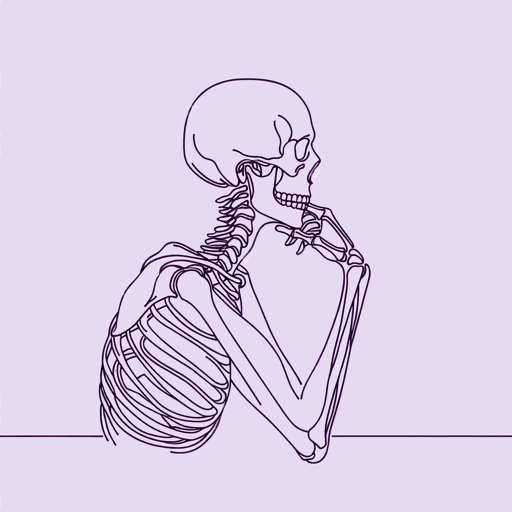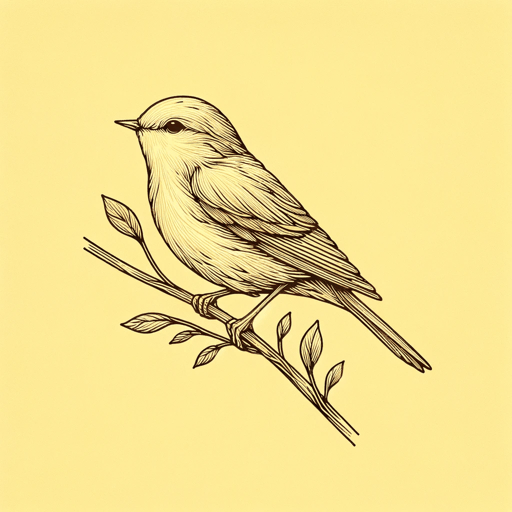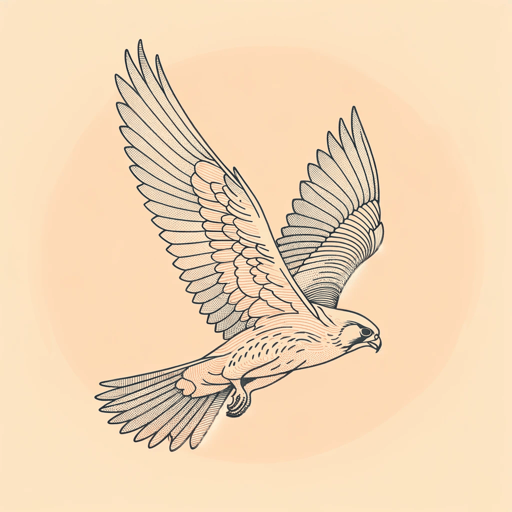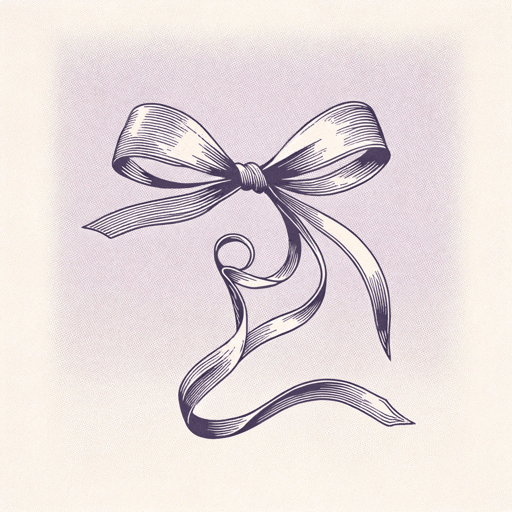19 pages • 38 minutes read
William Butler YeatsNo Second Troy
Fiction | Poem | Adult | Published in 1916A modern alternative to SparkNotes and CliffsNotes, SuperSummary offers high-quality Study Guides with detailed chapter summaries and analysis of major themes, characters, and more.
Background
Authorial Context: Yeats and Maud Gonne
William Butler Yeats often extrapolates his experiences into poetry. His poems are rarely autobiographical in a strict sense, but combine elements of personal experiences with literary history. “No Second Troy” is part of a larger suite of Yeats’s poetry that deals with his relationship with Maud Gonne (See: Further Reading & Resources). Gonne was a stern Irish nationalist and the primary recipient of Yeats’s romantic attention. Yeats proposed marriage to Gonne multiple times, and each time Gonne refused. While the basis of Gonne’s refusal changed depending on the circumstances of Yeats’s proposal, she found it hard to reconcile herself to Yeats’s inactivity in the Irish nationalist movement.
While Yeats was in support of Irish nationalism—or the burgeoning movement to liberate Ireland from English control—his support rarely extended beyond the intellectual sphere. Yeats, concerned by the threads of violence he saw in the movement, strayed from the Irish nationalist movement as he aged. This concern over the movement’s violence informs Yeats’s choice of metaphor. By comparing the movement to the Trojan War, Yeats implies it will result in a long, violent struggle like the mythological 10-year war. Gonne, meanwhile, married nationalist Major John MacBride in 1903. MacBride was later executed for his involvement in the Easter Rising of 1916—a pivotal moment for Irish independence.
Related Titles
By William Butler Yeats

Among School Children
William Butler Yeats

A Prayer for My Daughter
William Butler Yeats

A Vision: An Explanation of Life Founded upon the Writings of Giraldus and upon Certain Doctrines Attributed to Kusta Ben Luka
William Butler Yeats

Cathleen Ni Houlihan
William Butler Yeats

Crazy Jane Talks with the Bishop
William Butler Yeats

Death
William Butler Yeats

Easter, 1916
William Butler Yeats

Leda and the Swan
William Butler Yeats

Sailing to Byzantium
William Butler Yeats

The Lake Isle of Innisfree
William Butler Yeats

The Second Coming
William Butler Yeats

When You Are Old
William Butler Yeats

